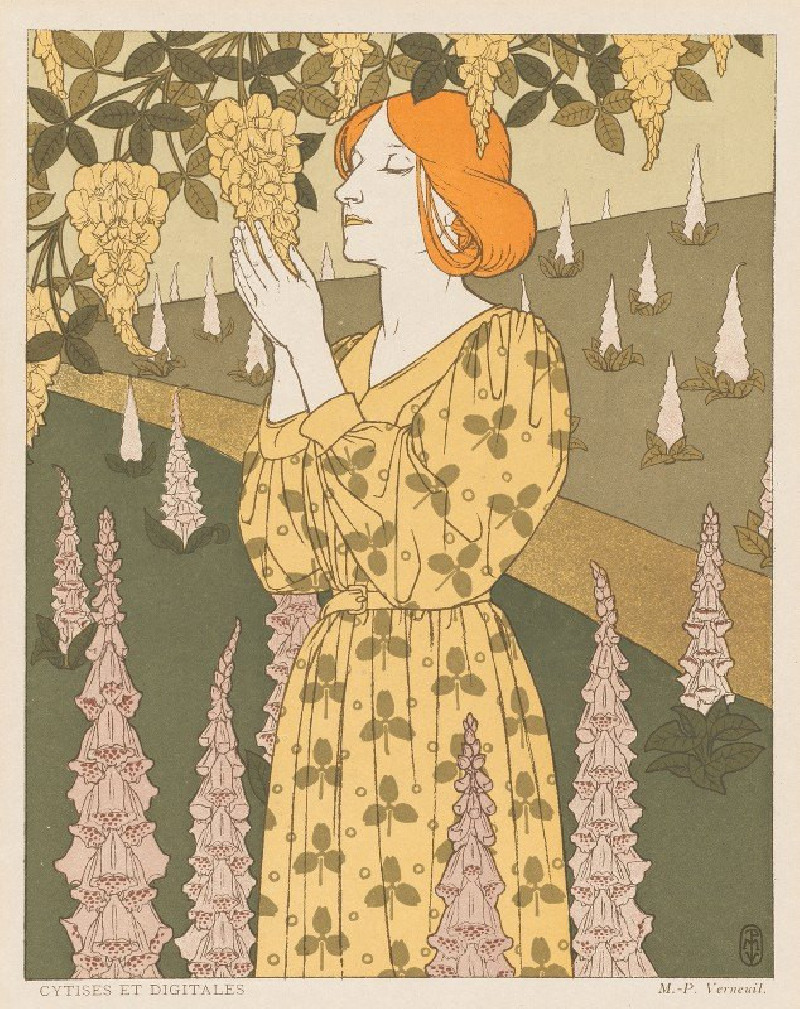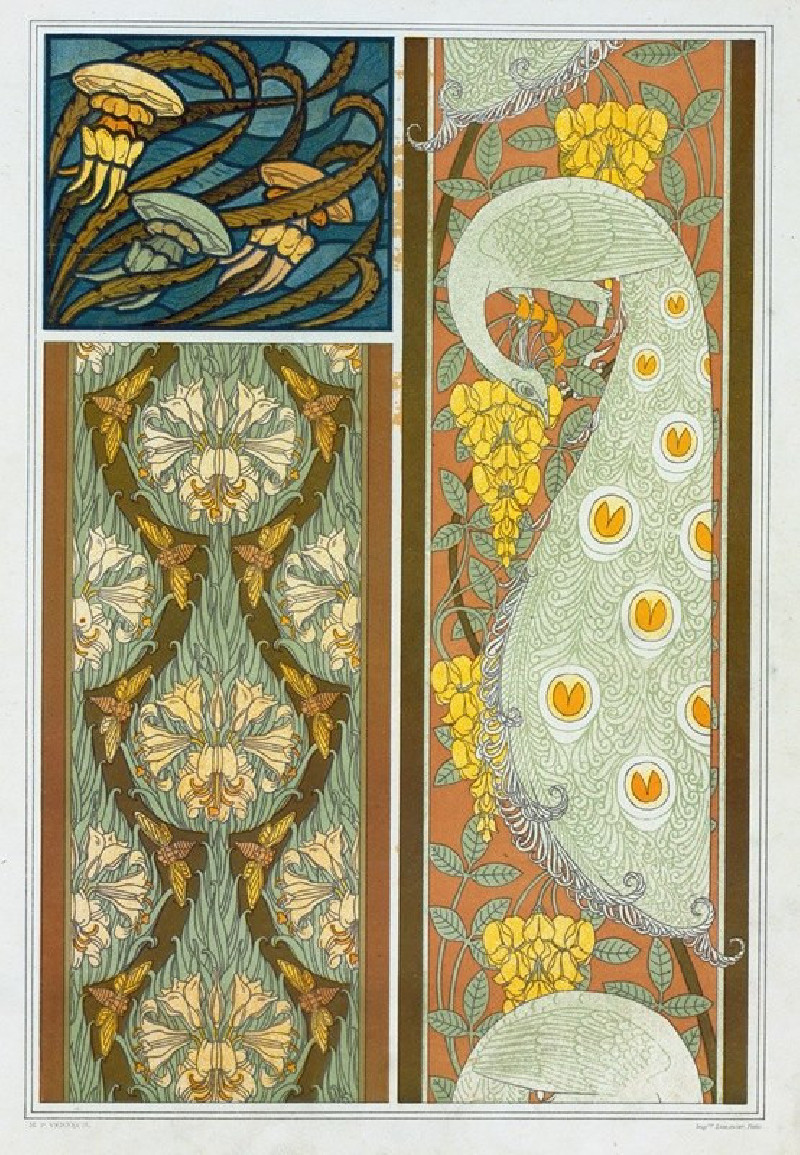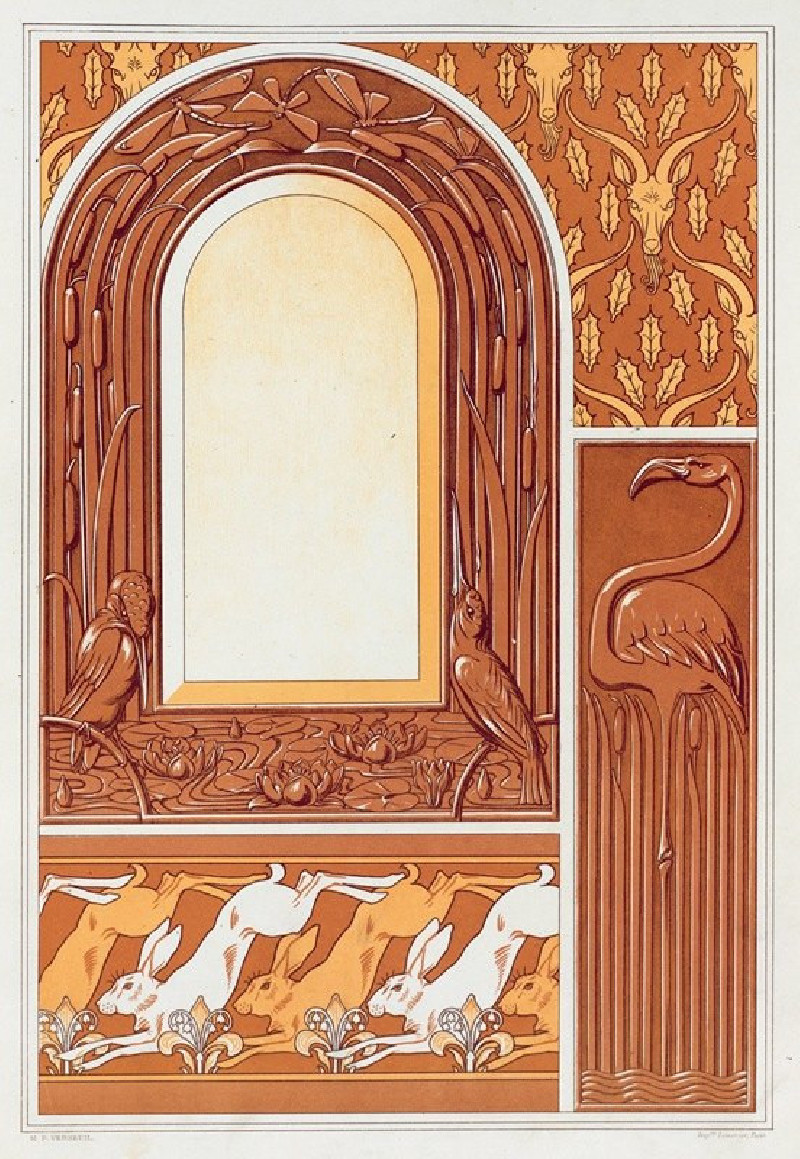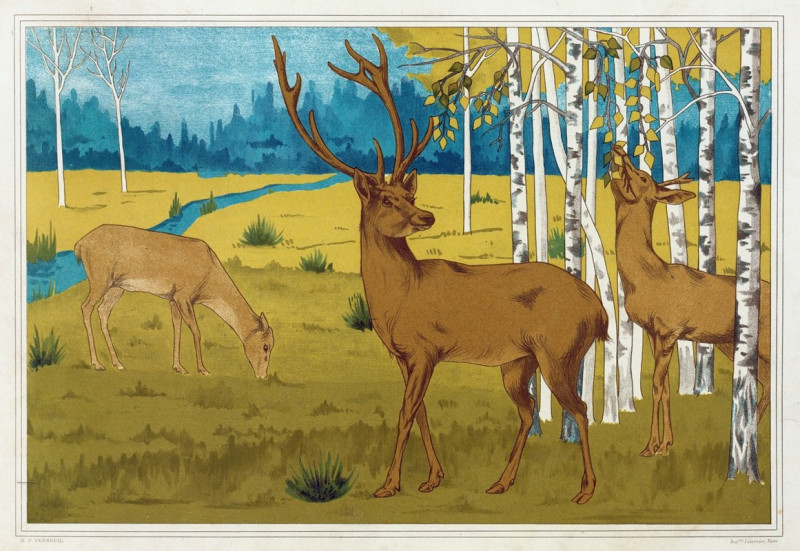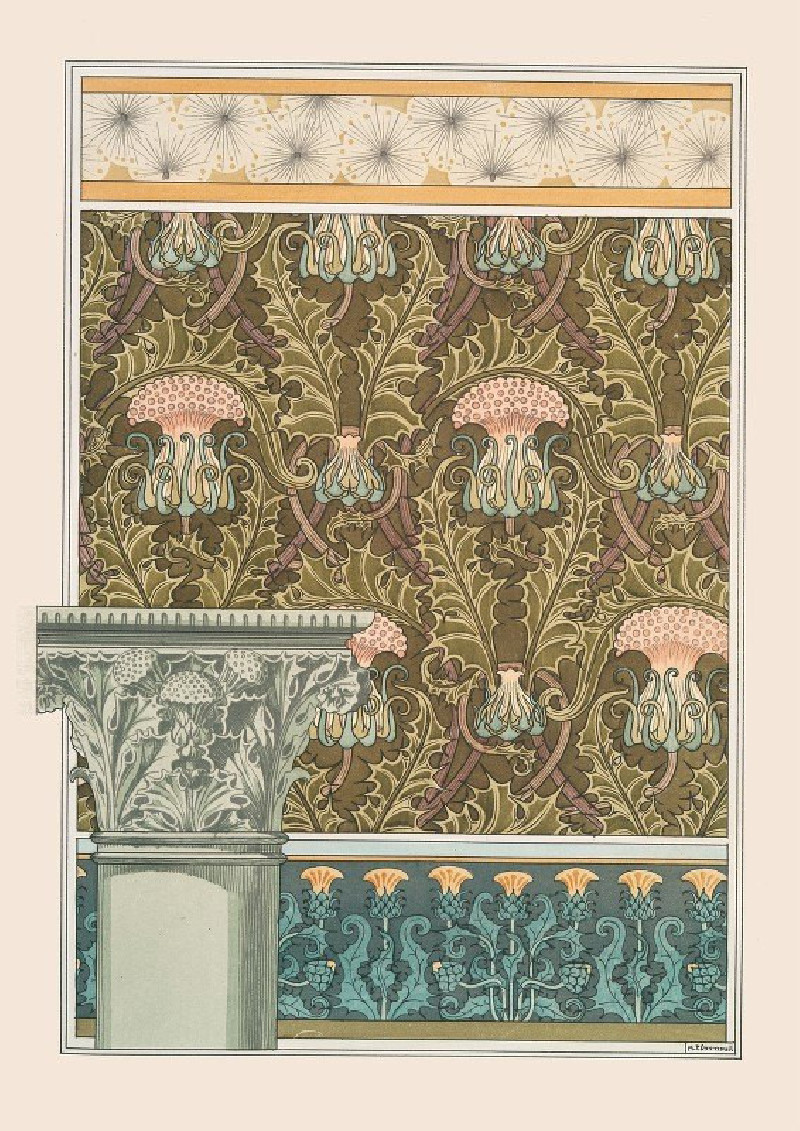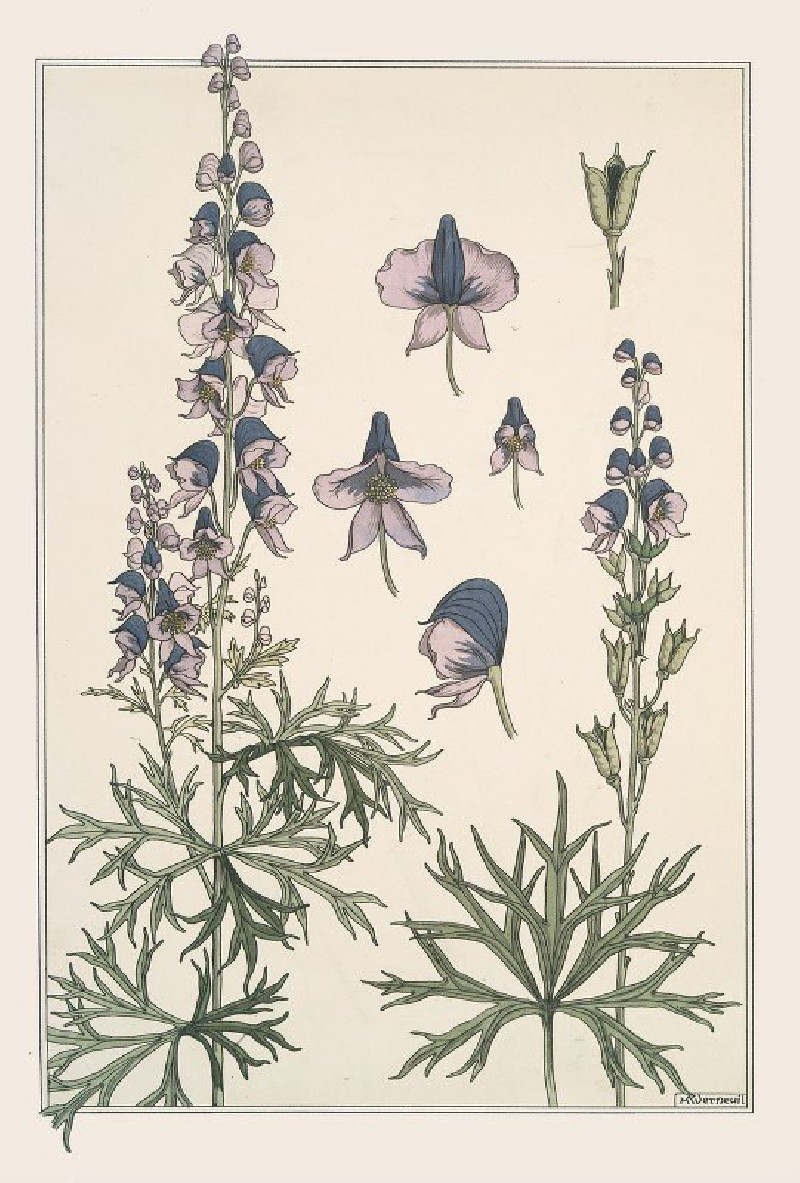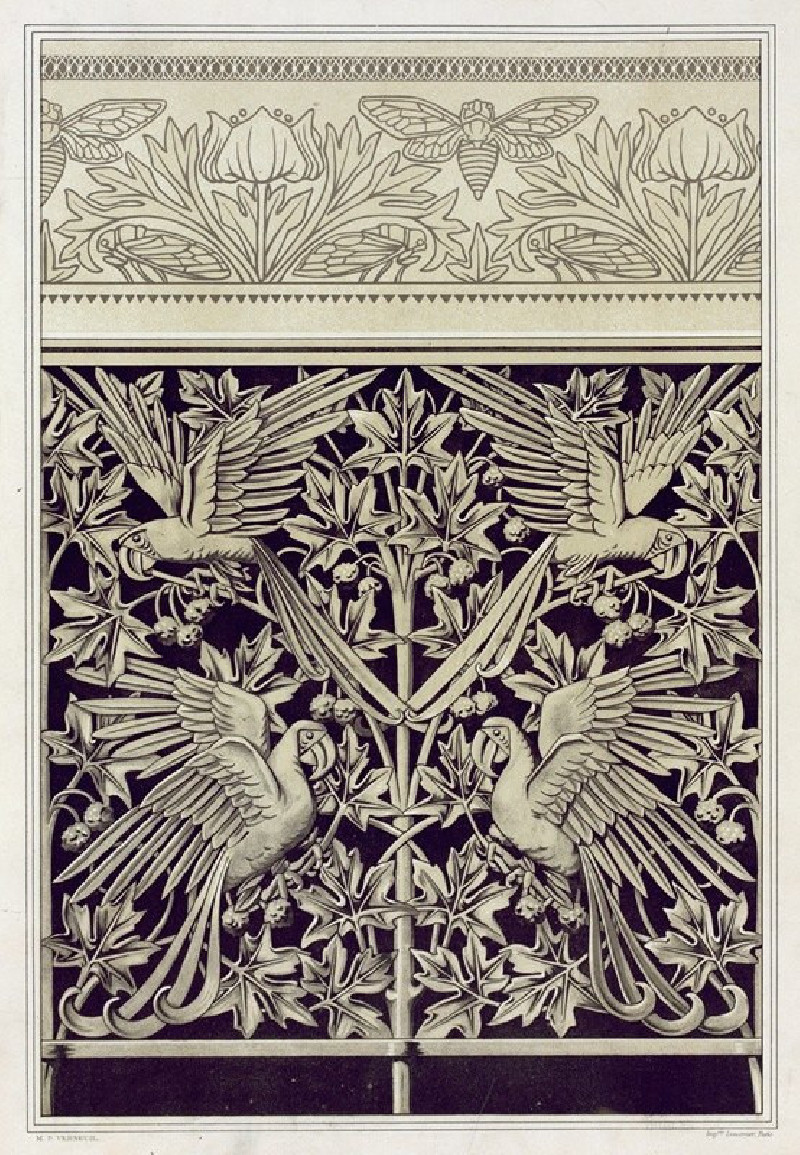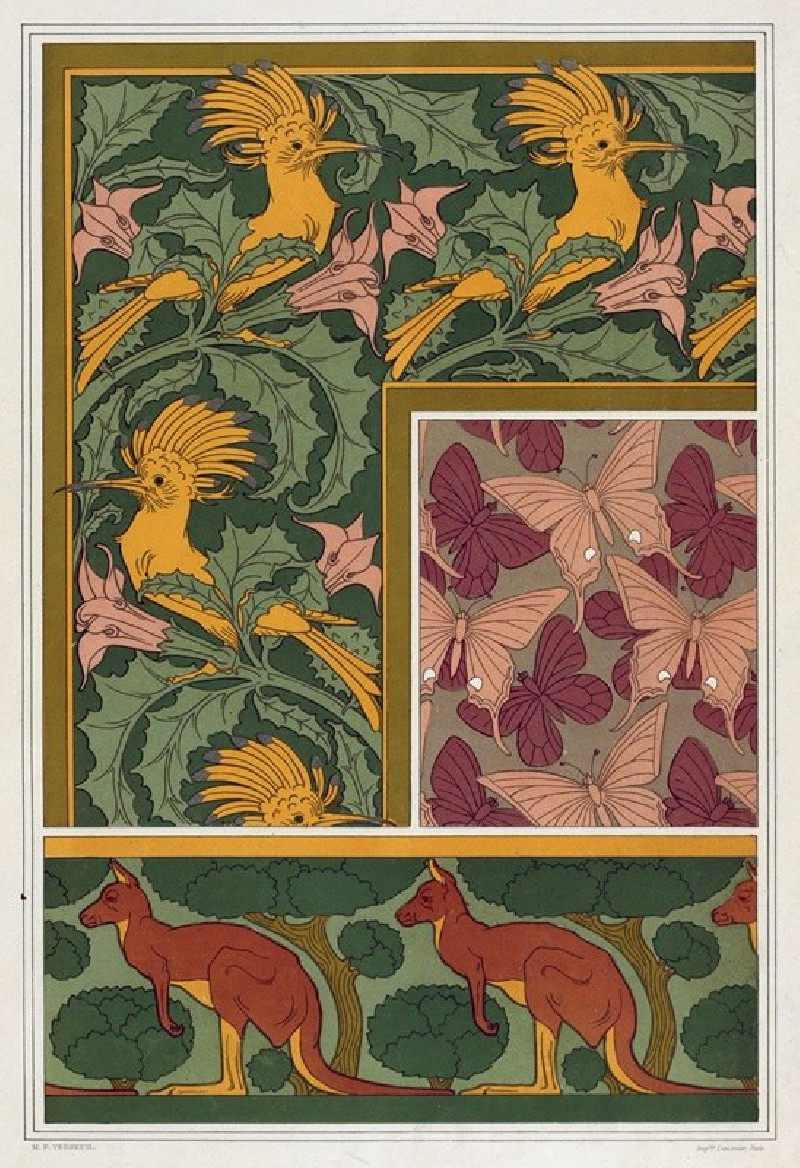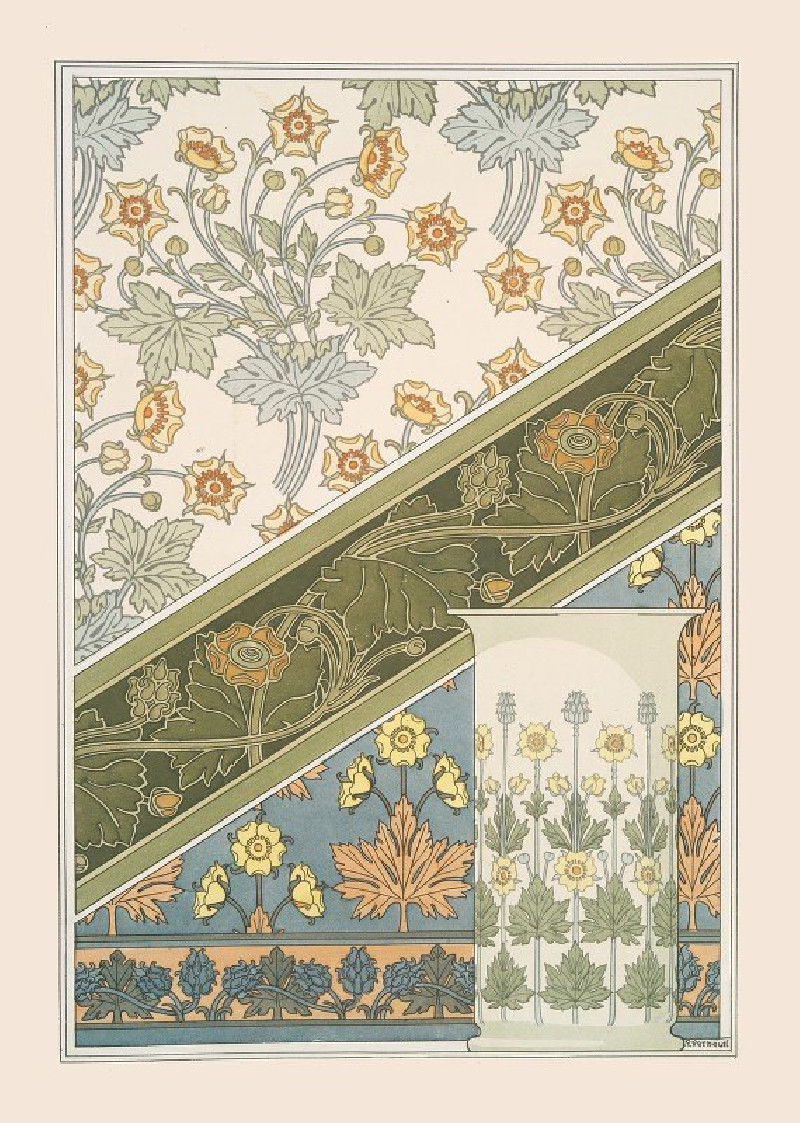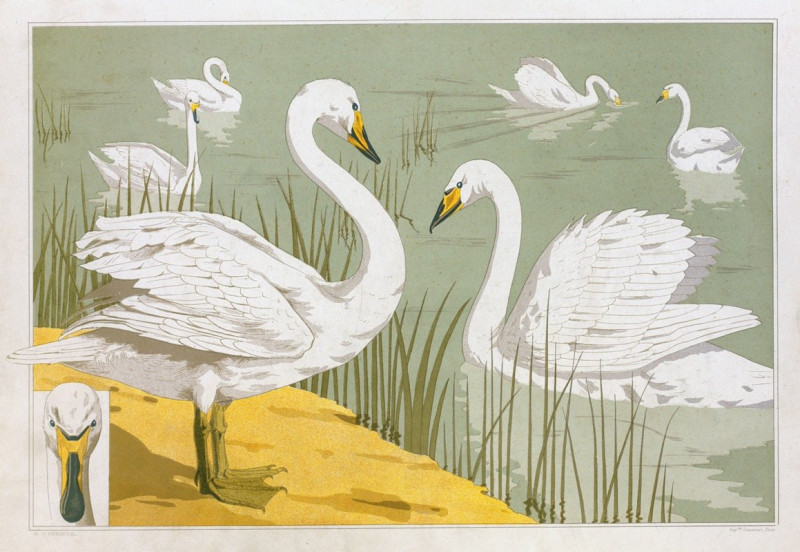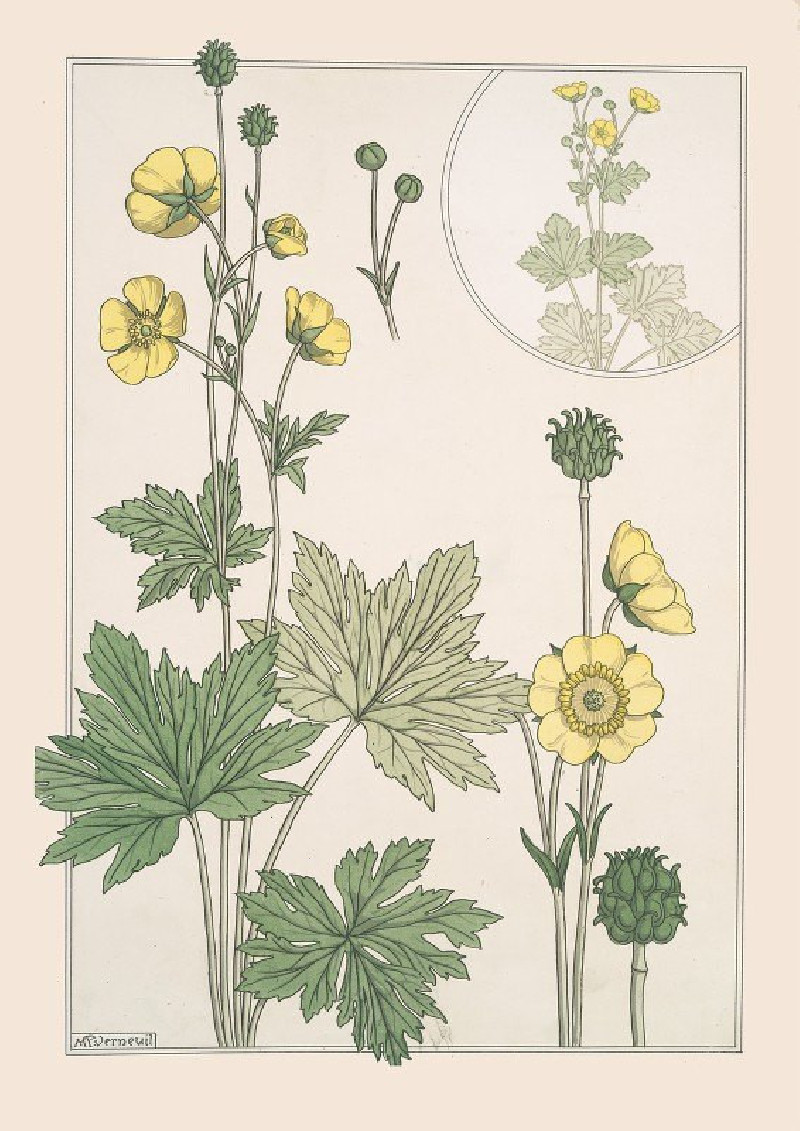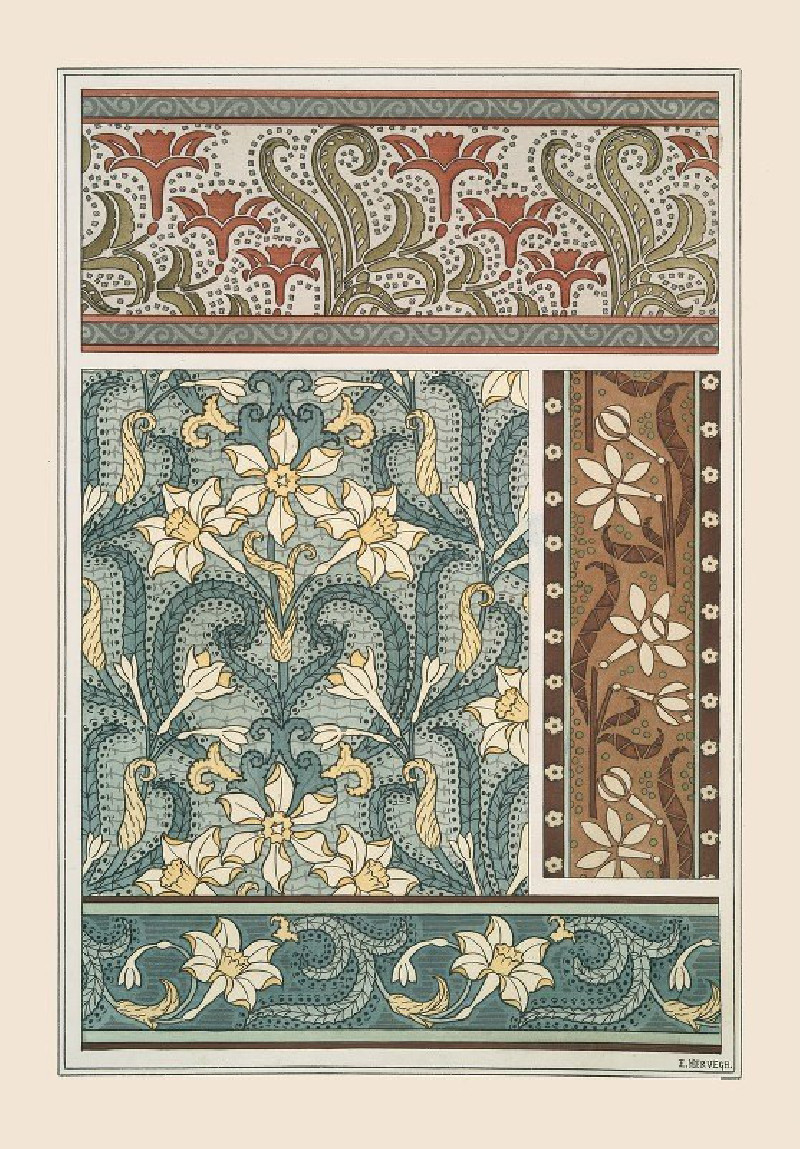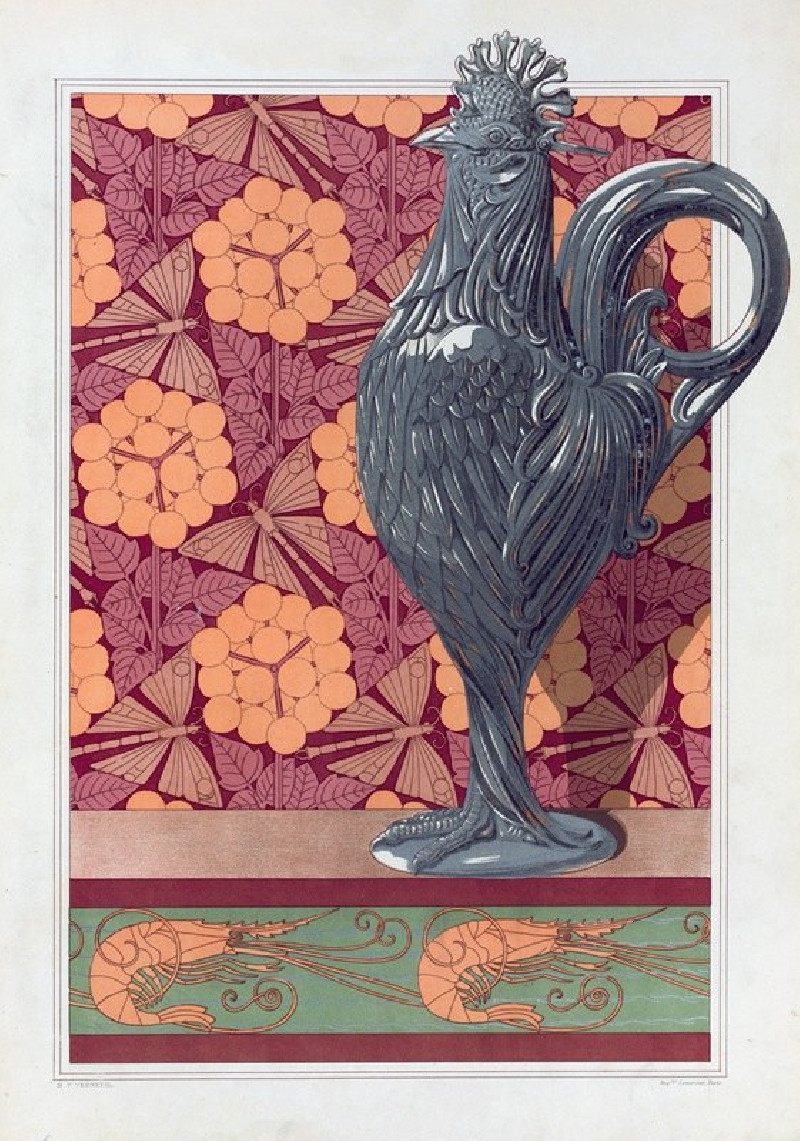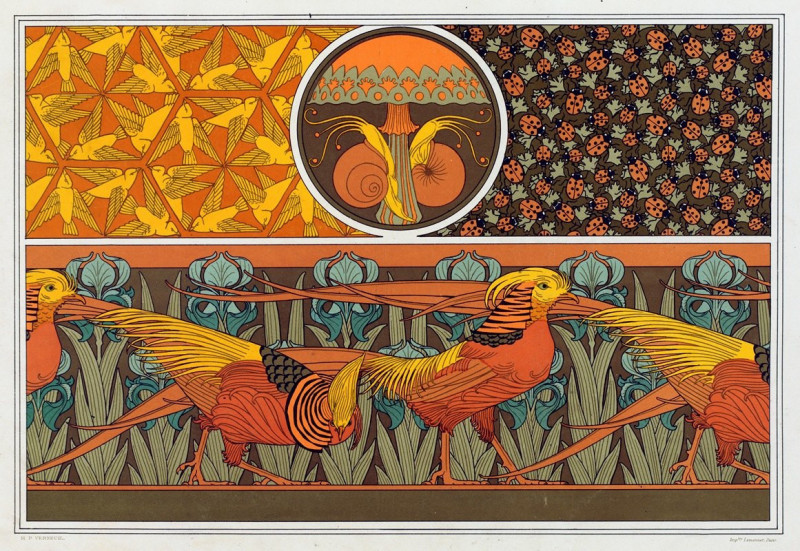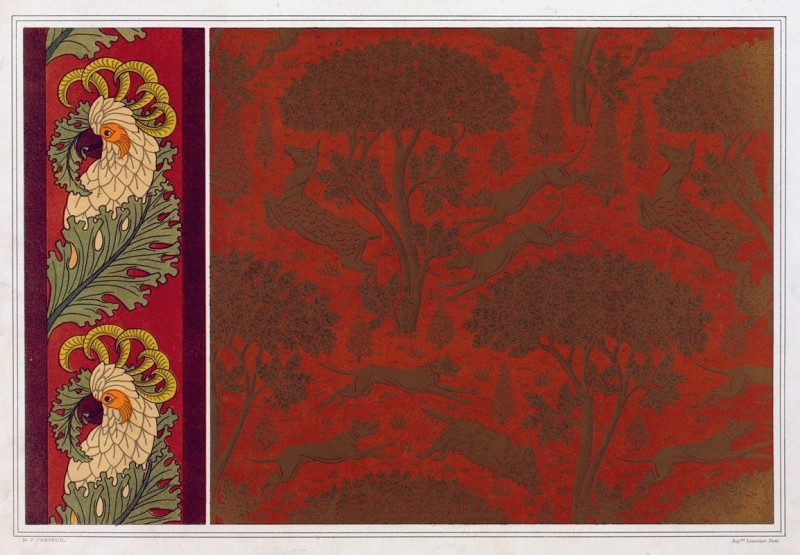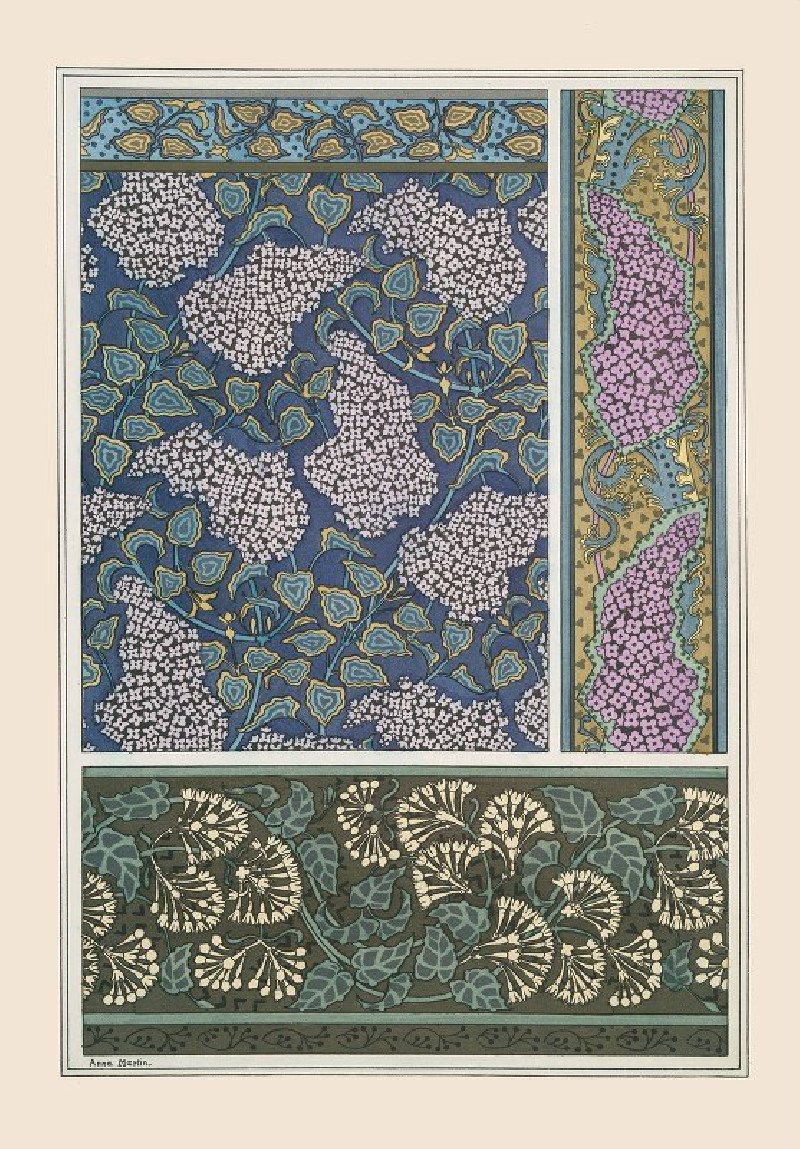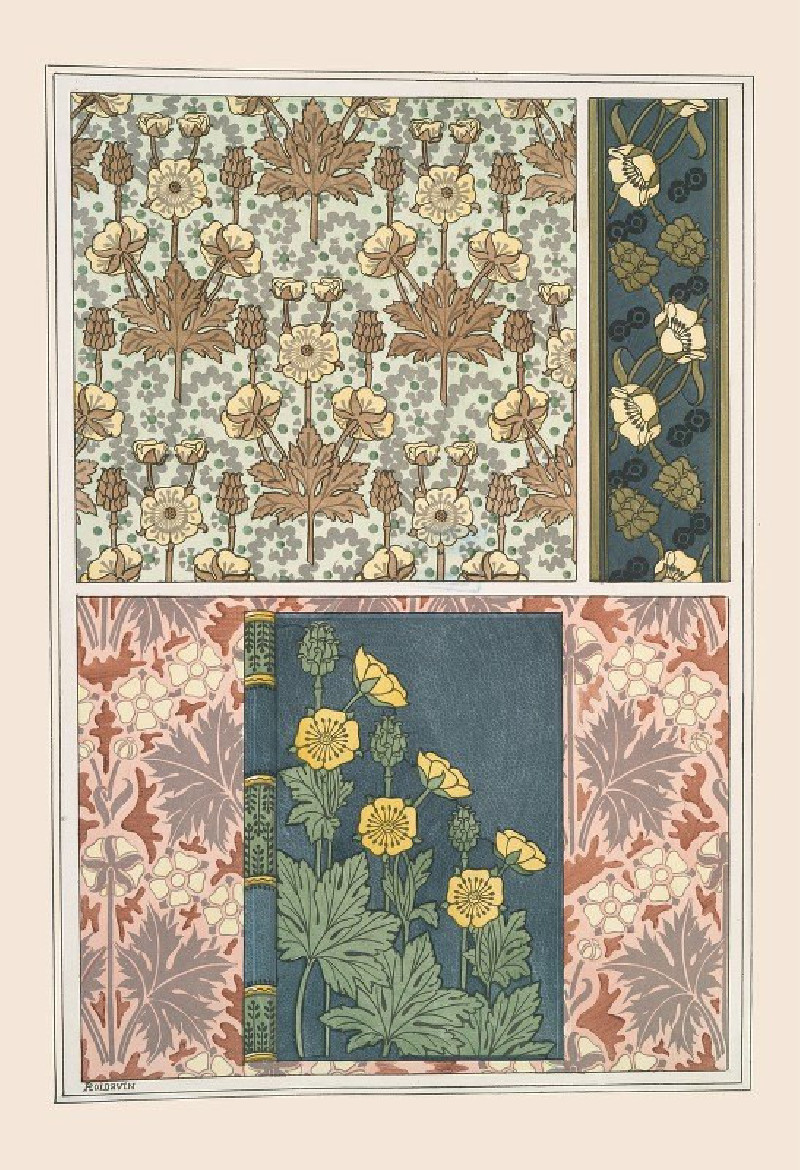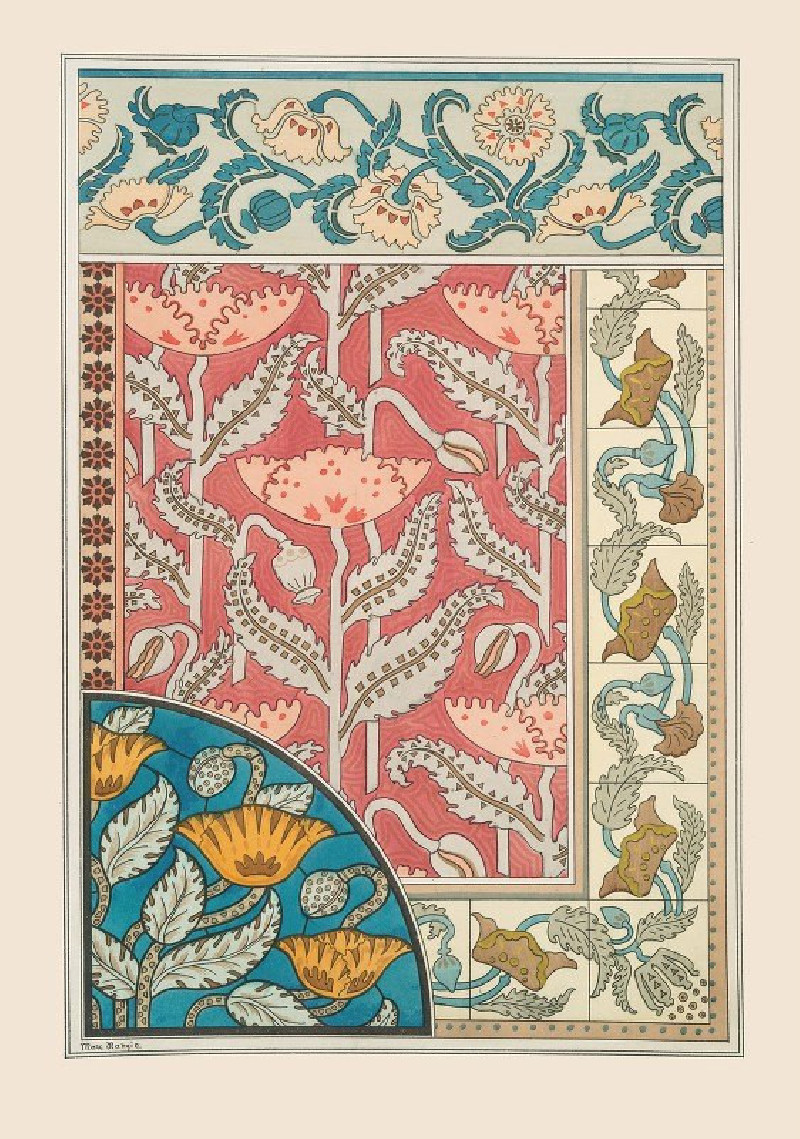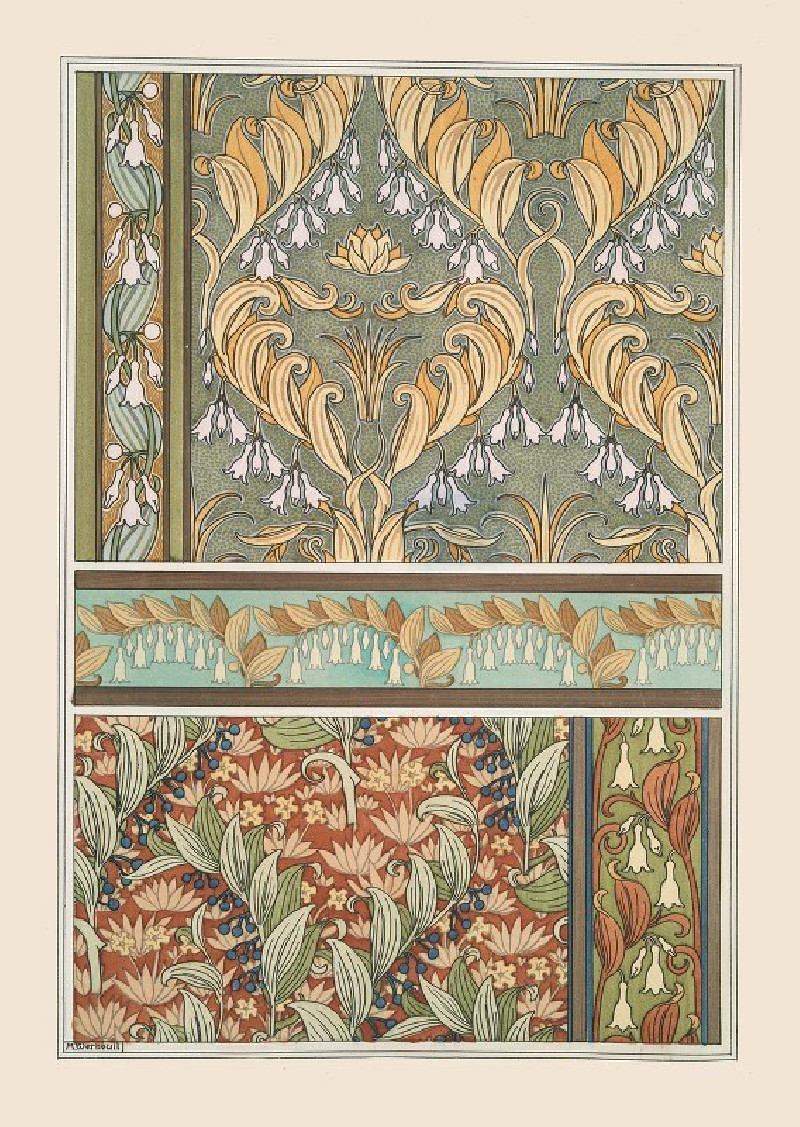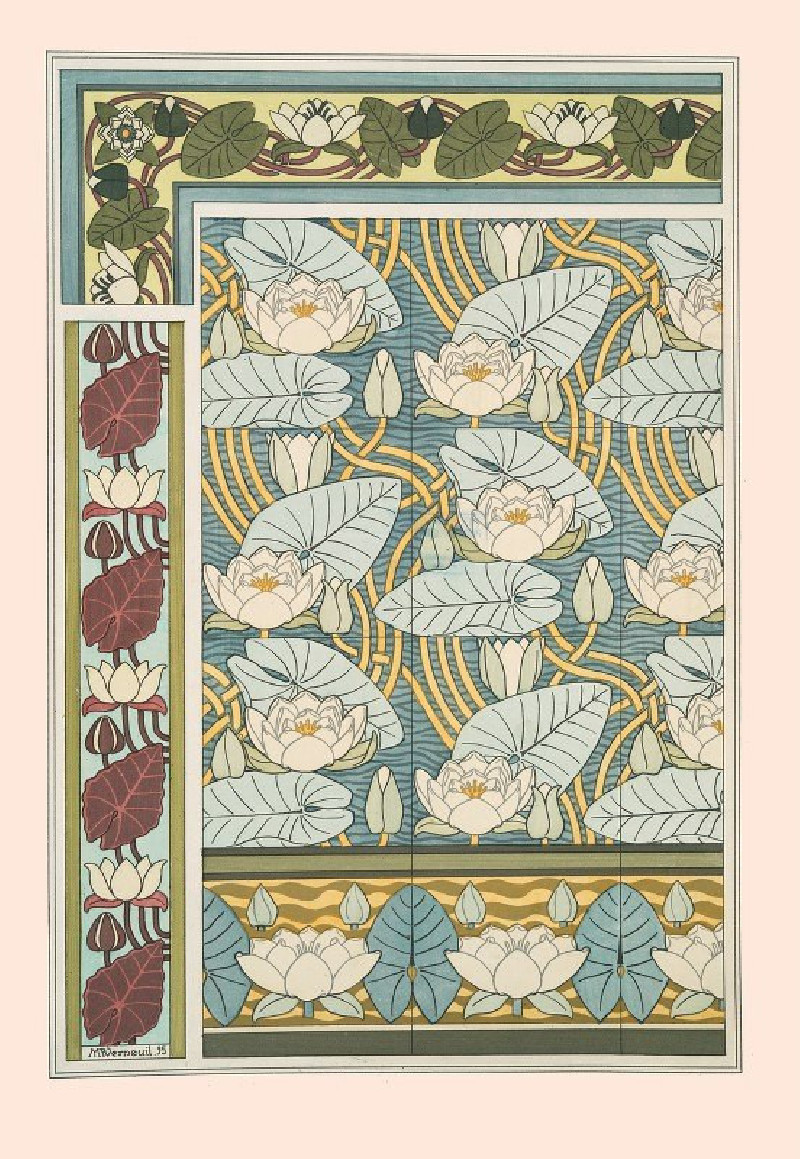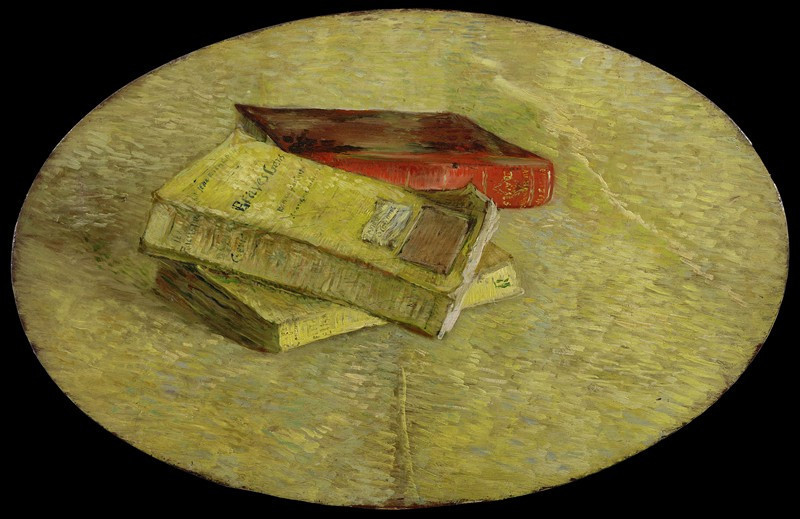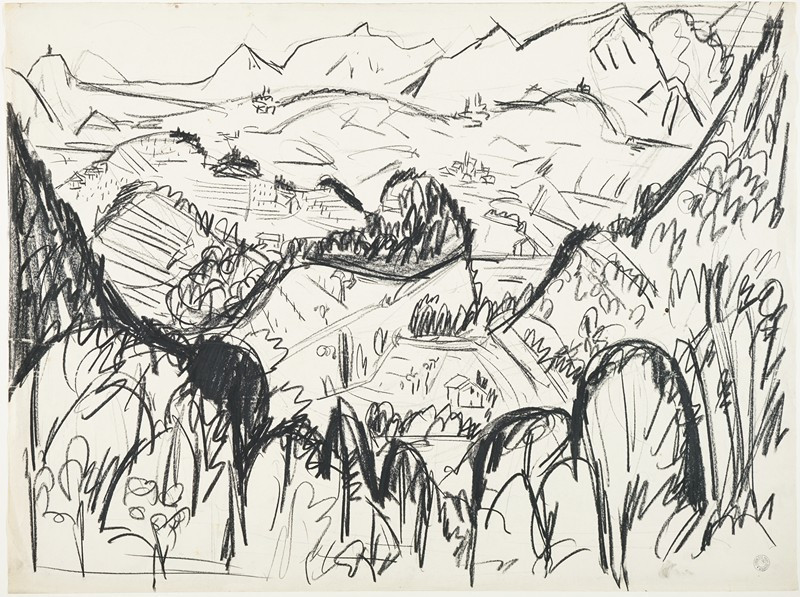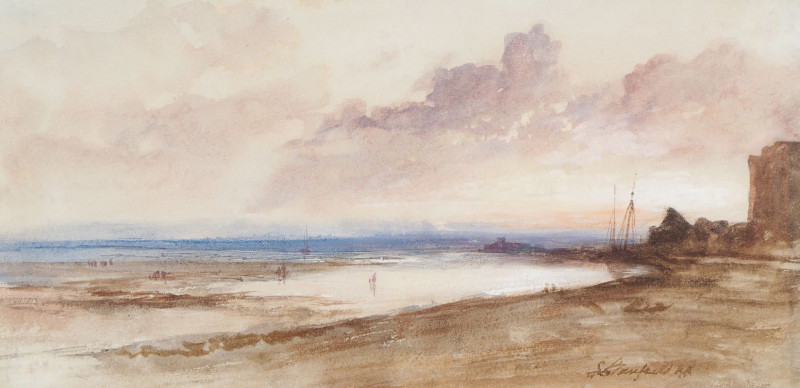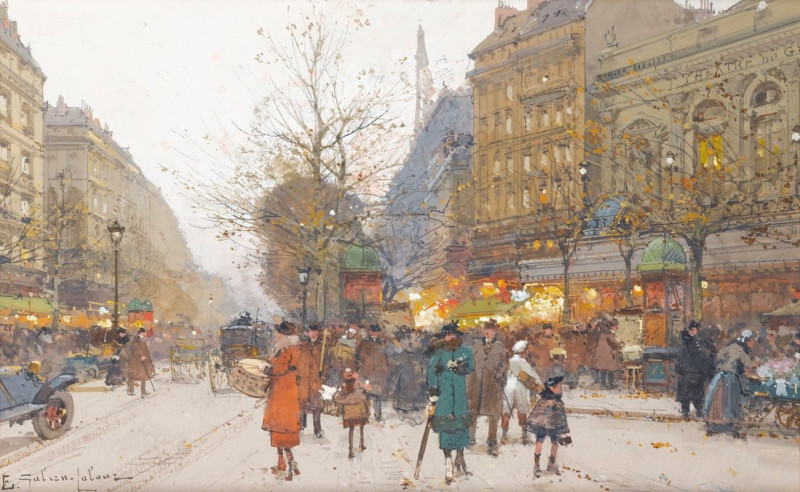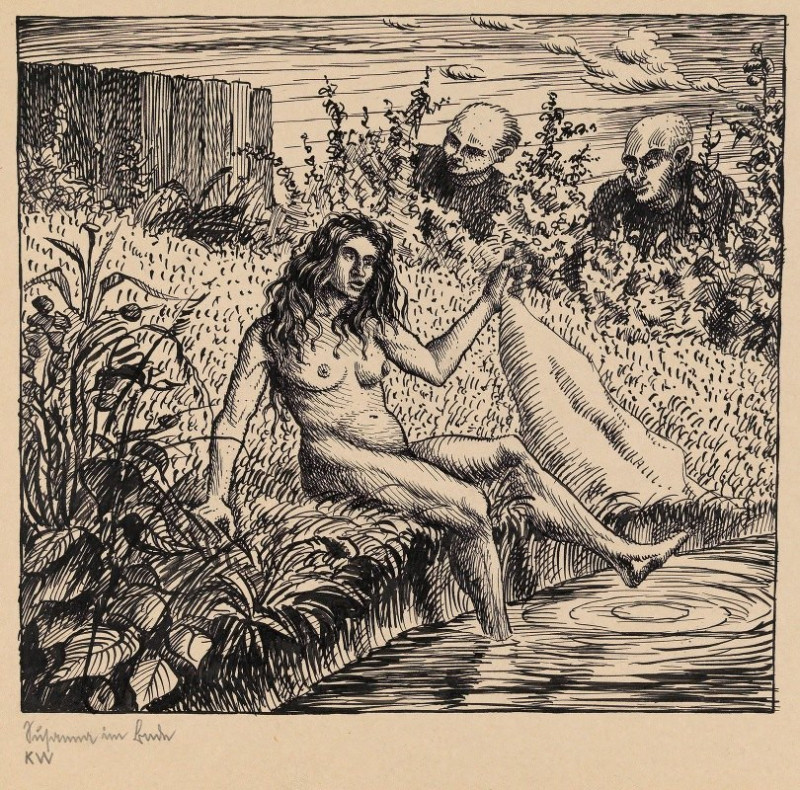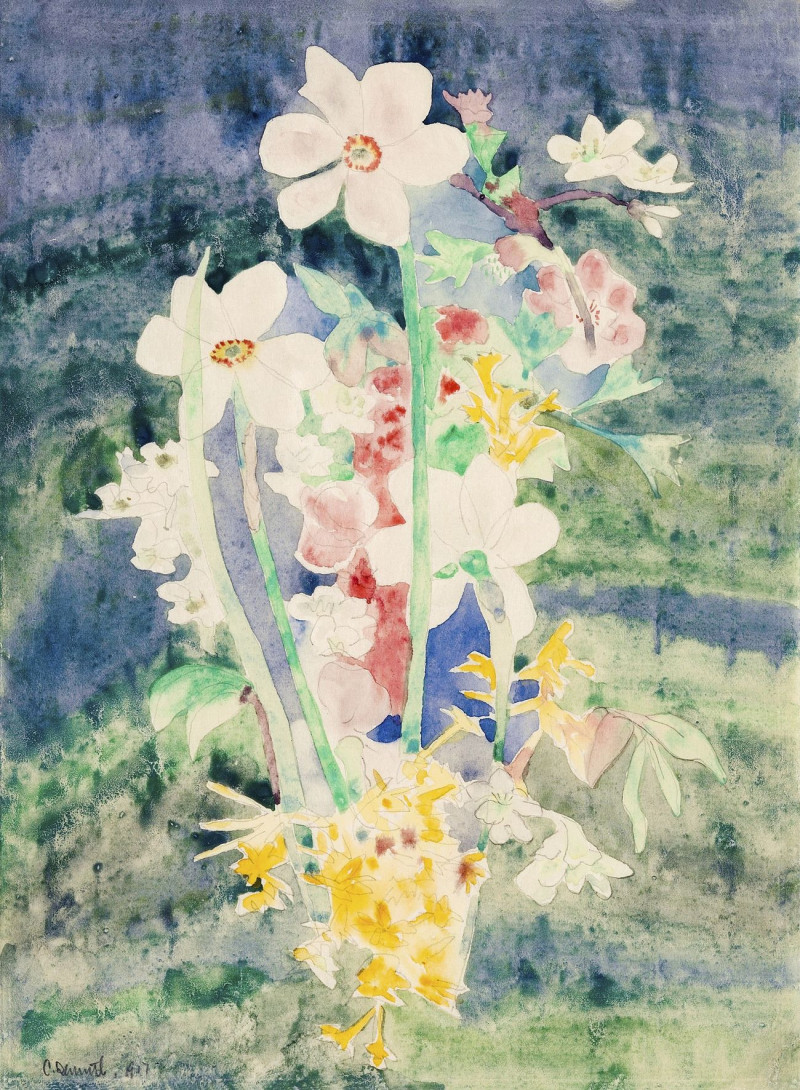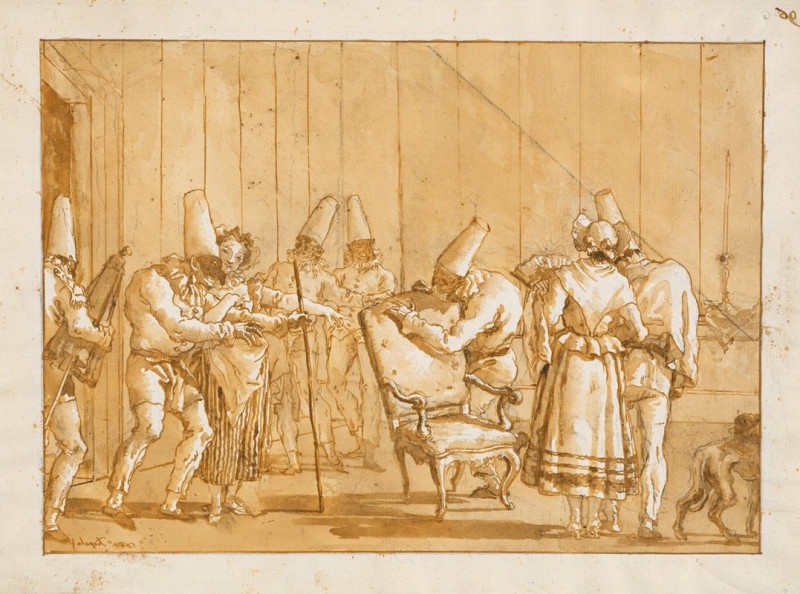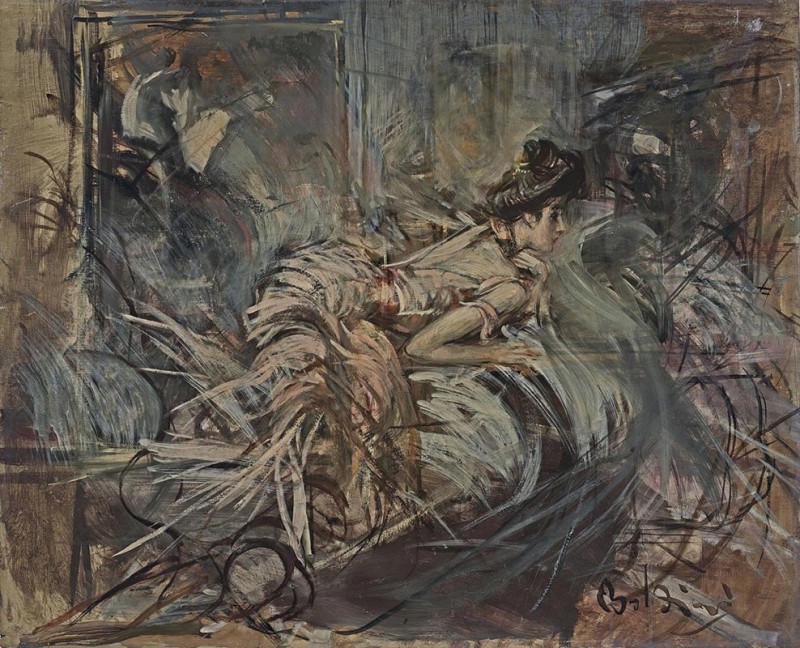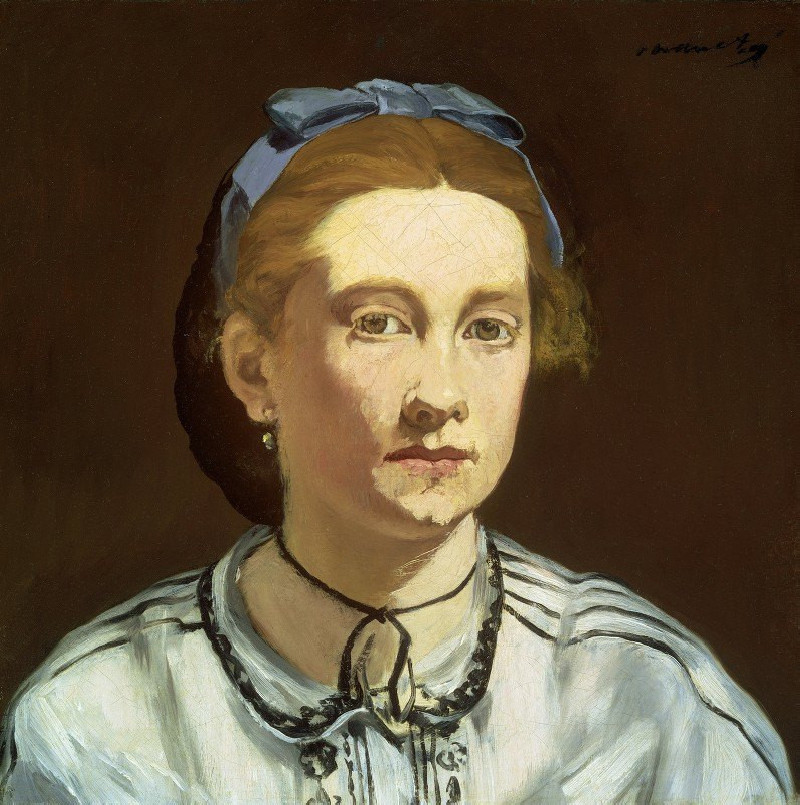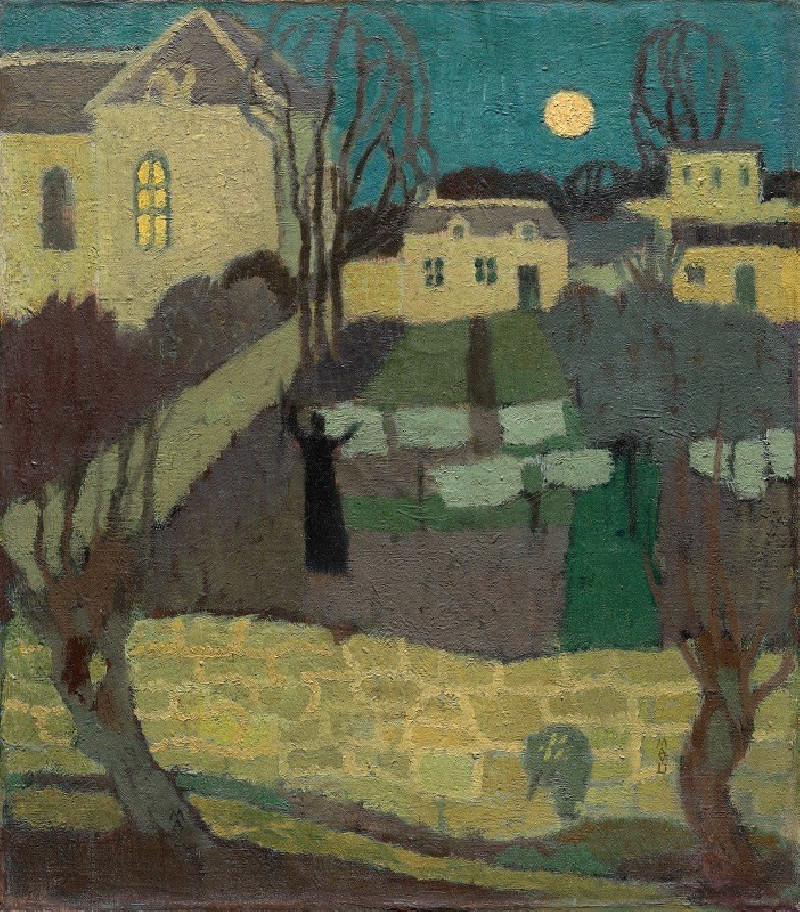Aconit 2 (1896)
Technique: Giclée quality print
Recommended by our customers
More about this artwork
Welcome to our online gallery featuring the captivating artwork titled "Aconit 2," a creation by acclaimed Art Nouveau artist Maurice Pillard Verneuil from the year 1896. This painting, rich in both color and detail, exemplifies Verneuil's prowess in blending nature with decorative arts."Aconit 2" is compelling not only for its aesthetic beauty but also for its intricate documentations of the aconitum plant, commonly known as aconite or monkshood. With each section of the painting featuring different interpretations of the plant's foliage and blossoms, Verneuil masterfully unfolds the plant’s variance in structure and hue.In the left section, the painting whisks us into a verdant display overflowing with shades of teal and green, highlighted by the subtly cream-colored, helmet-shaped flowers indicative of aconite. The harmonious, organic layout here speaks to the fluidity and iteration found in nature itself.Transitioning to the right, we encounter a dramatic shift toward a more structured, geometric style. Stylized leaves and blooms, set against a dark backdrop, create an arresting contrast through the use of pinks, whites, and blues – a true testament to Verneuil's skill in using colors and shapes to evoke different moods and interpretations.Connecting both sections, the bottom strip seamlessly integrates art with utility, showing off a sophisticated sequence of aconite motifs united by their striking symmetry and intertwined with earthy, soothing tones.This remarkable piece by Maurice Pillard Verneuil not only illustrates the versatility of the aconitum plant in two visually distinct styles but also delves deep into the realms of botanical art, using it as a conduit for aesthetic experimentation and exploration in Art Nouveau.
Delivery
Returns
Maurice Pillard Verneuil was a French artist and decorator in the Art nouveau movement. He was born in Saint-Quentin, France. Maurice Pillard Verneuil learned his trade from the Swiss designer Eugène Grasset. Maurice Pillard Verneuil then went on to become a well-known artist and designer. He was inspired by Japanese art and nature, particularly the sea. He is known for his contribution to the art deco movement and, in particular, his use of bold, floral designs in ceramic tiles, wallpapers and other furnishing textiles.




